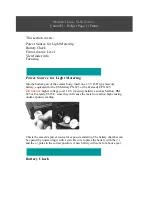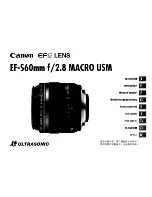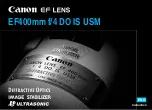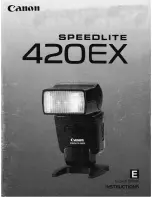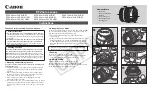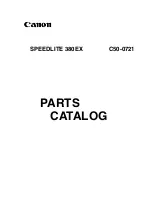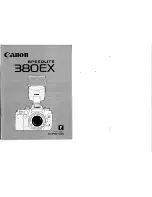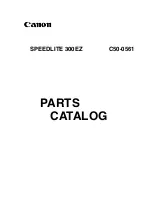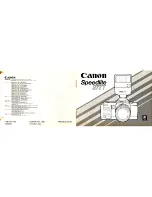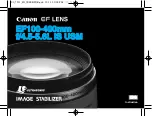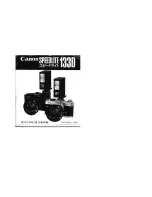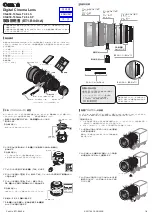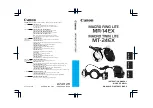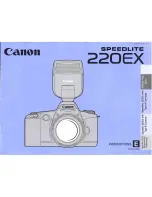
V1.02
Thom Hogan’s Complete Guide to the Nikon D300
Page 152
It’s unlikely that you
would
see the difference between the
best JPEG image the D300 can produce and a TIFF. At least
not under normal conditions. But critical image users can,
and they are annoyed by very small differences that can arise.
For example, in large tonal ramps of sky, if you start trying to
post process a JPEG to provide a polarization effect, you
might start encountering issues at the 8 pixel margins of the
JPEG compression blocks. Perhaps not big issues, but enough
to roughen up the continuous tonal ramp in those areas.
Likewise, as you start to sharpen up the image you might
discover that there are JPEG artifacts at a high-detail edge that
now become more visible.
TIFF renders all those
potential
problems as non-existent. You
just won’t encounter them. In general, the more potential
problems you can remove in your image the better off you are
down the road. Still, the tradeoff is unbalanced: you’re
increasing the file size by over 6x to get a
potential
small
visual benefit. That’s a tough trade to make. Most people will
pick the smaller file size.
The D300 creates one type of TIFF file, an RGB TIFF that has
pixels stored with 8-bit red, green, and blue components. I
mention this because the D1 series could create a second
type, YcBcR TIFF, which was one 8-bit luminance and two 8-
bit color components.
Setting TIFF
The D300 allows you to create three sizes of TIFF images:
L
=
Large
= 4288 x 2848 pixels
M
=
Medium
= 3216 x 2136 pixels
S
=
Small
= 2144 x 1424 pixels































